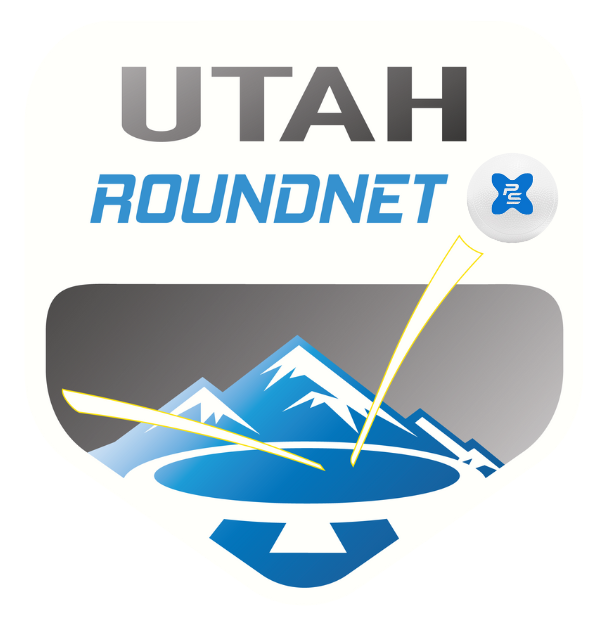Rules of Roundnet
You can check out this page for a basic overview of how to play roundnet. Here we will go over some of the more advanced rules, but for a complete overview of the rules please visit the USA Roundnet page for rules and guidelines, and if you need a net to play on, we recommend getting a Premier Spike set for the best experience. Premier Spike provides the highest quality of USAR approved roundnet equipment.
Advanced Rules:
Consecutive Touch: Also known as a "soft-touch", this rule is similar to a block in volleyball, and was implemented to allow for more defensive opportunities. This allows a player to hit the ball twice in a row in situations that meet the following criteria:
- A team's first touch directly after the ball bounces off the net (soft-touch is not allowed on the serve).
- The ball is in an upward trajectory when a player first touches the ball.
- The player who used the consecutive touches may not hit the ball back onto the net, but must pass to their teammate to spike the ball onto the net for their team's 3rd touch.
One-Motion Rule: Similar to the consecutive touch, the one-motion rule allows for the ball to hit a person with multiple body parts, while only counting as a single touch for their team in situations that meet the following criteria.
- A team's first touch directly after the ball bounces off the net (this is allowed on the serve).
- The ball hits two body parts (two hands included) while the player is moving in a single motion.
Serving Rotations: In order to more accurately keep track of the score and serving order, there is an assigned rotation for serves.
- If your team's score is an even number (0, 2, 4, 6 etc.) then the teammate standing on the "right" will be serving.
- If your team's score is an even number (1, 3, 5, 7 etc.) then the teammate standing on the "left" will be serving.
- As long as each teams' first serve of the game follows the proper order, the rotation will happen naturally throughout the game and can be used to keep track of the score, starting positions, and serving order.
URA Rule Additions
Although these rules have not been adopted by USA Roundnet (yet), we have implemented them for our Utah Roundnet events and will be providing any data to USA Roundnet for review.
No-Hit-Zone for Hand/Body of Gods: By popular demand, and after polling many URA players, all body/hand of God plays will NOT be required to be outside of the No-Hit-Zone. A hand/body of God is defined as a team's first touch of their possession where the ball strikes a player's body(s) part and goes directly back onto the net. The purpose of this rule variation is to allow for one additional opportunity to convert a defensive play, rather than stopping play. Please note: defensive players are still NOT allowed to have any body parts over the cylinder of the net, which could potentially hinder the hitting player and/or cause injury from contact.
Opt-In for Foot Faults: By USAR rules, if a player makes a foot fault during a first serve, the play is dead and the receiving team does not have a chance to play through the service fault. For Utah Roundnet tournaments, the receiving team has the option to accept (opt-in) the fault, or decline it to continue playing like other service faults.
Instant Replay Review: If there is a disagreement on a play, a player/team may choose to use a timeout to review any footage of cameras recording their game, to challenge a ruling on the court. Players may challenge a play to overturn an observers ruling as well. This is the process to make a challenge:
- The challenging team must have a timeout remaining in the game.
- The team will keep their timeout in the event of a successful challenge.
- Any cameras directly filming the game can be reviewed, opposing players cannot refuse review if their camera is recording the game.
- A play must show clear and indisputable video evidence to overturn a call.
- If the video replay is not clear one way or another, the point will be replayed and the challenging team will lose their timeout.
- Upon a challenge, the entire play is reviewable. If there is an infraction prior to the specific challenge in question, the prior infraction will take precedence to ensure the result of the play is most accurate.
- If both teams can agree on the ruling after video replay, they can continue on without further discussion.
- If both teams cannot agree, they can take the video replay to an observer or tournament director.

